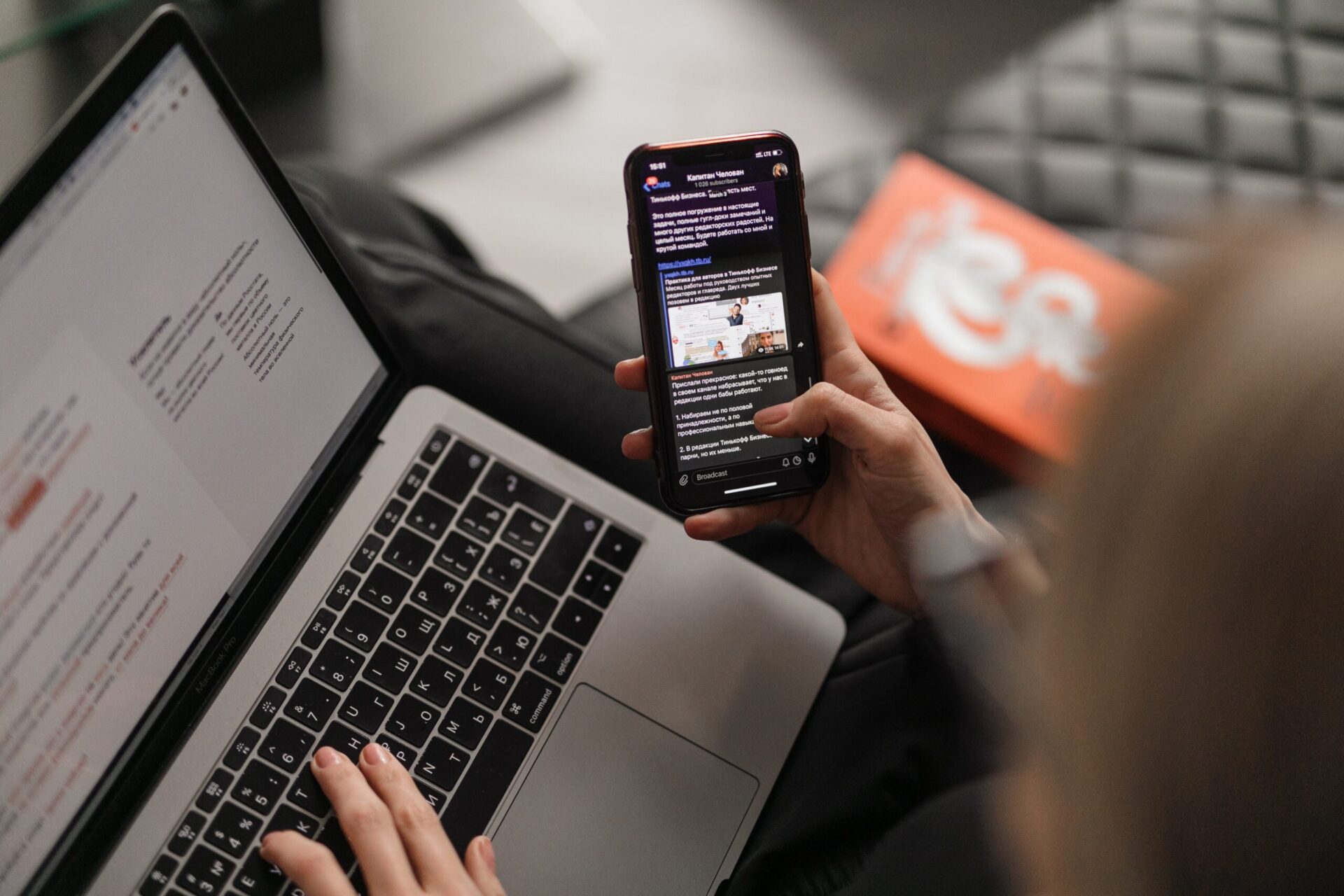Subject Lines Matter

Email overload.
Inbox bombarded
Competition for the reader’s attention.
People spend a microsecond evaluating subject fields.
If it doesn’t capture their attention immediately, they move on to the next even if the main body of the contains important information.
The short, one-line description may be your only chance at connecting with a customer/contact.
Some pointers
- Short (Sweet).
Quickly grab the recipient’s attention. Subject lines with 50 characters or less have 12% higher open rates and 75% higher click-through rates than emails with longer subject lines. So, keep it less than 50 words
- Convey urgency
People have short attention spans nowadays. Your window of opportunity to capture the attention of the reader is small. Get their attention with a line that conveys urgency—asking them to click now by quick deadlines.
- Tickle their Interest.
Make subject lines interesting. Refrain from using overused words and clichés, and do give a hook that gets their attention and encourages them to find out more by opening the email.
- Hook your audience
Use incentivized language to grab the recipient’s attention and give them a reason to open the email. Try asking about an issue that will make them want to seek out more.
- Offer Value.
Ideal subject lines communicate value. The subject line has to convince the recipient that the information in the e-mail is important for them.
- Build Trust.
Trustworthiness is very important and so information in your email should be based on the promise created within the subject line.
- Get oddly specific
An oddly specific amount of money left to spend, or days left to redeem an offer can pique interest in a way that standard, round numbers don’t. Giving people Rs 450 to spend makes it look like they’ve already made a purchase and have some money to spend; Rs 1000 looks like an attempt to capture a new client.
- Ask an interesting question
Asking a question can get people curious, and induce them to read through your newsletter to find the answer. However, it is not like clickbait – starting a sentence in the subject line and finishing it in the body. Instead, get your readers curious and wanting to know the answer.
- Use listicles
Listicles can be informative and intriguing— it promises a piece of information without mentioning what that information is.
- Put important words at the beginning
When skimming, humans tend to read the first and last three words of a sentence. Assuming the top of your subject line may not visible on a mobile, put relevant and important information at the beginning
- Capitalize the most important word
Pick one word that is unique and relevant and capitalize it in the headline. It can be a deadline (NOW) or a feeling (GREAT), emphasize it with capitalization. Capitalizing all the letters is like shouting so avoid it.
- Correct spelling and grammar
Make sure that the subject line is without spelling or grammatical errors to maintain credibility
- Do not mislead
Your subject line should accurately reflect the body of the mail. Don’t make false promises as this may only encourage recipients to unsubscribe or maybe complain. Make the subject line as specific as possible so the recipient knows exactly what it is they’re about to read.
- Personalize them
If you have the data, then personalize your headline. For email addresses in your database, consider adding a couple of fields for the user’s name and/or company name. Personalization will catch their eye.
- Use powerful language
A language that’s colourful, impactful, and weird creates an impact usually. Use a unique combination of words that will catch a reader’s attention, or get an emotional response. On the second glance they take, they will read those words again.
- Avoid fillers
You’ve got limited space to form an impression. Don’t waste space/ characters on filler words and phrases – e.g. greetings like “Hey there!”. No one wants to waste time that doesn’t convey the gist of your email.
- Research good subject line keywords
Certain words are better than other words at convincing people to click. Some of the positive ones include “upgrade,” “content,” “wonderful,” “get this now,” and “weekend.” Negative ones include “groovy,” “conditions,” and “deals.”
Using good keywords makes it easier for readers to search for your email when they want to go through it again.
Try and work out a compendium of words through research & experimentation that will work for your audience.
- Use a professional address to send
The mail should come from the company’s address (not a personal account like Gmail), but also not from something like “no-reply@yourcompany.com”.
- Email scheduling
Preferably use a platform or make a timetable to plan and schedule your newsletters. So, send emails at the optimum time. For example, offer special drinks on Thursday in the same afternoon.


